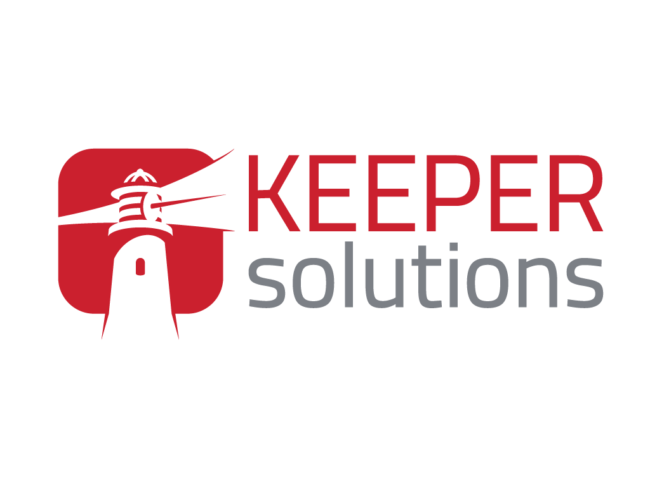5 Pitfalls to Avoid When Choosing a Software Outsourcing Partner
Your company is growing, you are scaling quickly and expanding your product range. Rather than trying to build a development team in-house, you decide to engage with an outsourced software development partner to help develop your company’s software solutions. Having done your research you know the benefits — the ability to quickly scale resources up and down, access to a larger pool of high quality talent, and faster time-to-market to name a few.
But you are also wary of the potential downsides of a failed software outsourcing relationship. An ill-suited partnership can lead to breakdowns in communication, loss of revenue, and objectives not being met. It should be some comfort to know that when software outsourcing partnerships go wrong, it’s often due to mistakes that are made in the selection process or issues that we’re properly ironed out in the preliminary phase.
In a previous blog post we provided an 8-step approach to choosing the right software development partner. This includes:
-
-
-
-
-
-
-
-
-
-
- Develop Clarity Around What You’re Building And Your Needs
- Choose an Engagement Model
- Create a Shortlist of Suitable Software Outsourcing Partners
- Do Your Research
- Find Evidence of Relevant Industry/Domain Expertise
- Don’t Overlook the Importance of Cultural Alignment
- Consider Advisory and Consultancy Capacity
- Choose the Best Fit and Focus on Building Long-term Relationships
-
-
-
-
-
-
-
-
-
In this post, we will outline some pitfalls to avoid when choosing, or working with, an outsourced software development partner. Avoiding these pitfalls will prevent issues arising down the line and give you the greatest chance of success.

1. Failing to Get Buy-in From Key Stakeholders
Before you even consider working with an outsourcing partner or a third-party team, you need to discuss the arrangement internally and make sure that your team is happy with what you are doing. This is a step that so many organizations fail to address and it can lead to resentment, breakdowns in communication and, ultimately, a drop in morale.
Companies first need to get buy-in from executive leaders. You need to make sure that they are fully informed, that they understand your reasons for working with an outsourced development partner and the benefits it will bring. Your executive leadership team needs to support software development outsourcing as a high-priority strategy. If you do not have buy-in from key stakeholders, it will be difficult for an outsourcing partnership to excel.
Once you have received buy-in from your executive team, you need to ensure that your operational team is briefed on how the partnership will unfold and are comfortable with it. It is important that in-house product owners, project managers, software development managers, and business analysts are fully invested in the outsourcing partnership, and that your in-house team feel supported rather than under threat.
2. Lack of Clarity Around Communication
When partnerships fail, it is often down to poor communication. More specifically, it is when there is a lack of clarity around communication and an absence of any clearly defined communication process. Establishing a clear communication process is a must when it comes to ensuring project success.
Often when you are working with an outsourcing partner, teams are based in different locations, sometimes in completely different time zones. Although this might seem like the reason for communication breakdowns, it generally isn’t. If you are to undertake this type of strategic partnership, there will be different time zones, languages, and cultural conventions. This is part and parcel of software outsourcing and it’s not what causes the breakdown. These occur when expectations aren’t properly defined.
Establishing regular channels of communication with your outsourced team is crucial for ensuring project success. Teams need to have clear expectations around response times, updates, and how to reach someone if you have a question. Before entering into any agreement with your outsourced development partner, you need to discuss communication requirements, milestones and put clear processes in place. Getting this nailed down from the outset will prevent future headaches. When communicating with outsourced teams, clarity around project requirements and deliverables are the most important factors.
3. Not Properly Considering Cultural Alignment
Your outsourced software development team should feel like an extension of your in-house team. This is something that we say time and time again. Your outsourced team and in-house team should feel like one cohesive unit. This is where cultural alignment comes in.
Cultural alignment means that you and your outsourced team share the same values, behaviors, objectives and working practices. Before working with an outsourced partner, it’s incredibly important to ask questions about their culture, their vision, and what type of working environment their management tries to create. Often companies get so caught up in discussing budgets, objectives and technical specifications that they fail to consider cultural alignment. When ignored, it’s often to the detriment of the partnership.
4. Selecting a Partner Based Solely on Cost
Although you can often achieve cost-savings when you work with an outsourced software development partner, choosing a partner solely based on price is a recipe for disaster. Some cheaper software development partners may not be up to date on current technological trends or use frameworks that are incompatible with your own.
Instead of focusing on cost, more important things to consider include the outsourced team’s track record, domain experience, technological expertise, and the ability to match your needs. Budget is important but it shouldn’t be the deciding factor. Our advice is to always try to maintain an acceptable cost-to-quality ratio.
5. Not Taking the Time to Choose the Right Partner
We get it, when it comes to developing new software solutions, time-to-market is everything. That said, when choosing a partner, it’s vital that you take your time and don’t rush your decision. It’s worth investing a little more time to get to know your outsourced development partner and making sure they’re the right fit.
Even if it’s just a short-term project, it’s important to think about long-term compatibility and find a partner that’s right for you. Put in your due diligence, do your research and, if possible, get references from past clients. Putting in this time investment upfront will give you a better chance of success long-term. It will also ensure that you work well together which will ultimately save you time and increase effectiveness.
Are you looking to work with an outsourced development team? Get in touch today and we can help you explore your options.



